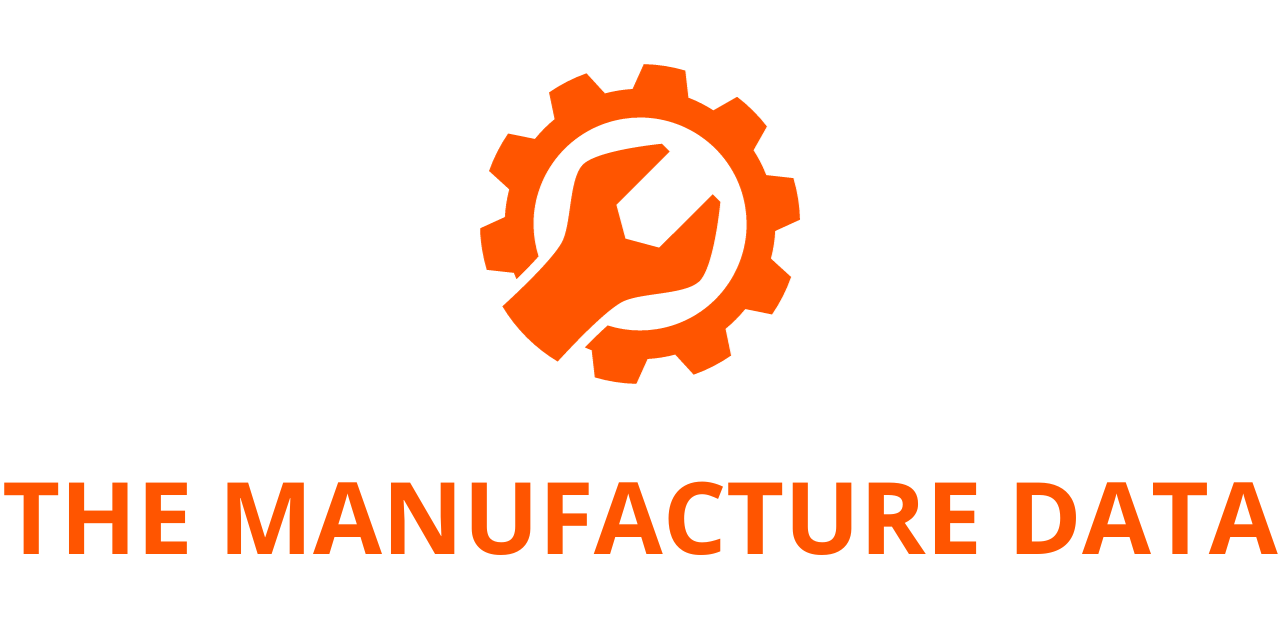
Interstellar Technologies and Toyota Forge New Frontiers in Space Mobility
The exact definition of where “outer space” begins can vary between organizations, but the most widely recognized benchmark is the Kármán line—roughly 100 kilometers above Earth’s surface. At that point, the atmosphere thins to the point where aerodynamic flight becomes impossible, and space officially begins. To put this in perspective, Toyota Times offers a creative analogy: if you measured 100 kilometers directly from Toyota’s global headquarters in Toyota City, Aichi, you’d arrive somewhere near Omaezaki City in Shizuoka Prefecture. By car, that’s about a two-hour drive. Suddenly, the concept of space seems surprisingly close—yet, in practical terms, it remains vastly distant.
While space travel has indeed become possible in recent years, it is still an extremely young industry compared to travel by land, sea, or air. The gap between possibility and everyday accessibility remains wide. But a bold Japanese company, Interstellar Technologies (IST), is actively working to bridge that gap by developing transportation systems designed to reach beyond Earth’s atmosphere.
A Shared Vision Between Toyota and IST
IST has set itself an ambitious mission: “building space infrastructure the world can trust.” This is not just about building rockets—it’s about laying the foundations for reliable, repeatable, and safe access to space. Their vision caught the attention of Woven by Toyota (WbyT), a Toyota subsidiary focused on next-generation mobility solutions and sustainable innovation. In January 2025, WbyT announced a capital and business partnership with IST, marking a significant step in cross-industry collaboration.
On August 4, the date when the Japanese version of this article was first published, Toyota and WbyT revealed that IST would officially join as one of the Inventors in Woven City demonstration trials. Woven City is Toyota’s futuristic, fully connected test city in Shizuoka Prefecture, designed to foster innovation in mobility, AI, energy systems, and more. IST’s participation signals a merging of terrestrial mobility expertise with cutting-edge space technology, sparking anticipation about the potential breakthroughs to come.
Visiting Japan’s “Space Town”
For this story, Toyota Times News anchor Yuta Tomikawa traveled to Taiki, a small town in Hokkaido that serves as IST’s headquarters. This is not an arbitrary location—Taiki has long been positioning itself as a hub for aerospace development. Since the town was chosen as a candidate site for Japan’s space industry base, local leaders and IST have worked together to shape Taiki’s identity as an “outer space town.” The community’s enthusiasm for space exploration is deeply tied to IST’s operations and ambitions.
In IST’s view, building space infrastructure starts with one essential capability: transporting cargo beyond Earth’s atmosphere. This means reliable mobility devices, in the form of rockets, capable of carrying payloads such as satellites. To achieve this, IST engages in rigorous testing—pushing their technology to its breaking point, quite literally.
The Toyota Connection: Lessons From the Track to the Launch Pad
IST’s rocket development process benefits from the involvement of personnel seconded from the Toyota Group. Their expertise in precision engineering, quality control, and iterative testing translates surprisingly well from the automotive world to aerospace. In Toyota’s Gazoo Racing (GR) car development, engineers often say, “Thank you for breaking it,” a lighthearted acknowledgment that identifying weaknesses is key to making stronger designs. IST has embraced a similar mindset in its work, deliberately testing components like propellant tanks to the point of failure to better understand performance limits.
This meticulous approach to development not only refines core technologies but also strengthens reliability—a critical factor when dealing with the extreme demands of space travel.
Preparing for the Next Leap
IST’s current projects extend beyond rockets themselves. The company is constructing its own rocket launch pad in Taiki, with completion scheduled for fall 2026. Once operational, the facility will allow IST to conduct launches for small satellites—a fast-growing segment in the global space industry. Small satellites are vital for a wide range of applications, from Earth observation and disaster monitoring to communications and scientific research.
By combining its technological capabilities with its new partnerships, IST aims to lower the cost and increase the frequency of space access. This, in turn, could pave the way for broader adoption of space-based services and infrastructure.
A Sense of Purpose in Every Step
While IST’s leaders openly acknowledge that “we still have so much to do,” their words carry not frustration, but fulfillment. The journey to space is complex, risky, and resource-intensive, yet each milestone—whether a successful test, a new facility, or a partnership—brings them closer to their long-term vision.
The collaboration between IST, Toyota, and Woven by Toyota highlights a broader truth about the future of mobility: the boundaries between industries are fading. As companies combine their expertise across land, air, and now space, humanity moves toward a future where traveling beyond Earth is not just the domain of astronauts, but an integrated part of our global infrastructure.
In the years ahead, the sight of rockets lifting off from Japan’s “space town” in Hokkaido may become as familiar as seeing cargo ships leave port or aircraft take to the skies—a testament to the dedication of those working today to make space a little less distant.




